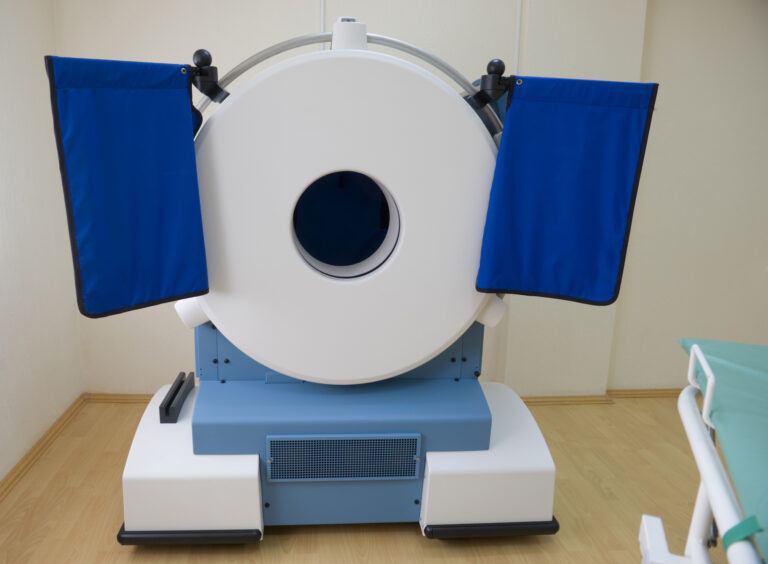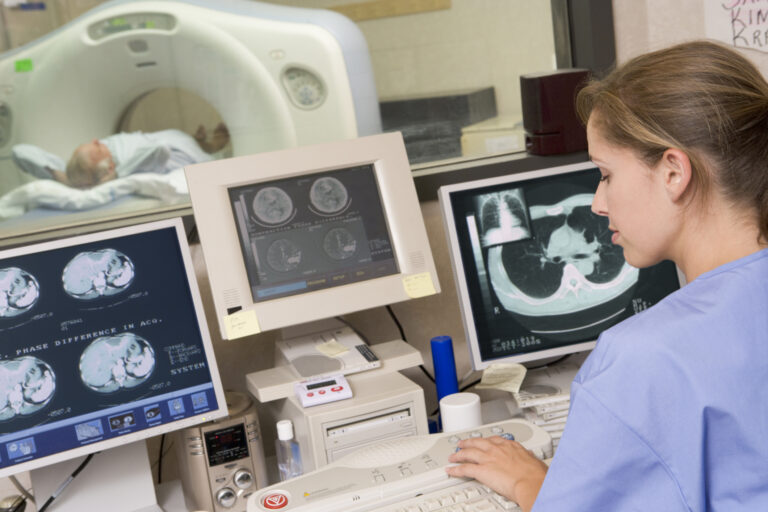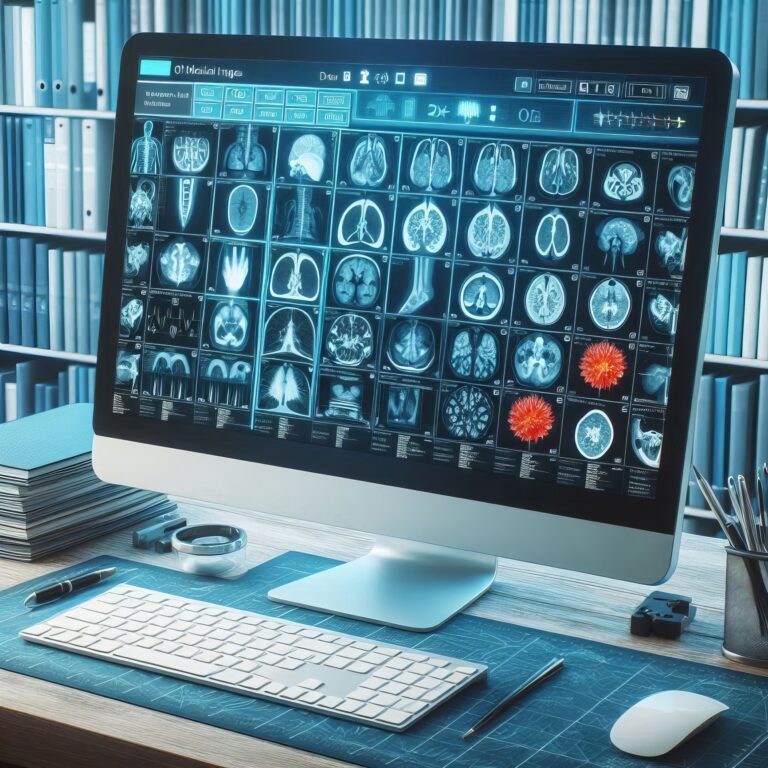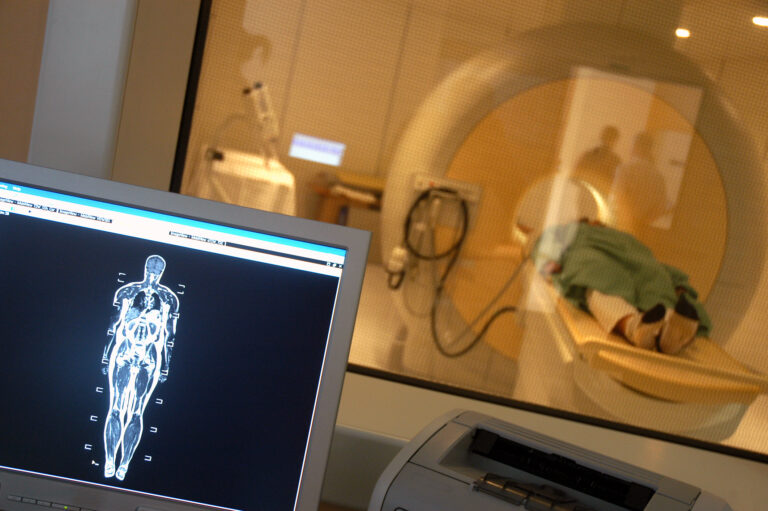4D Reconstruction
4D reconstruction represents an advanced field of technology that merges spatial and temporal data domains to model environments and objects over time. This innovative approach captures three-dimensional spatial data and incorporates changes over a period, thus offering a fourth dimension: time. The applications of this technology are vast, ranging from urban planning and heritage conservation to virtual reality and the film industry.
In the context of urban planning, 4D reconstruction allows planners and architects to visualise changes in urban landscapes across different timelines. This can be particularly useful for assessing the long-term impacts of proposed developments or renovations. By simulating how buildings, traffic, and population dynamics might evolve, decision-makers can make more informed choices that anticipate future needs and challenges.
Heritage conservation also benefits greatly from 4D reconstruction technologies. Historical sites that are fragile or inaccessible can be digitally preserved in their current state, and changes can be monitored over time. This is crucial for understanding how factors like climate change, tourism, and natural decay affect these invaluable sites. Digital models created through 4D reconstruction can also be used to restore damaged structures, offering a guideline that maintains historical accuracy based on past configurations.
In the entertainment industry, particularly in film and virtual reality, 4D reconstruction provides tools for creating more immersive environments. Filmmakers can recreate historical settings or develop dynamic backgrounds that evolve during the narrative. In virtual reality, this technology allows users to experience and interact with environments that change in real-time or according to user interactions, enhancing the realism and engagement of virtual experiences.
Furthermore, the methodological backbone of 4D reconstruction involves sophisticated algorithms and imaging techniques. Data is typically gathered using advanced technologies such as LiDAR (Light Detection and Ranging) or photogrammetry, which involves taking measurements from photographs. These data are then processed using computational models that handle the complex task of integrating temporal changes into spatial structures.
Even though it has many applications, 4D reconstruction faces challenges, particularly concerning data management and processing. The vast amounts of data required for accurate temporal and spatial modelling demand substantial computational power and sophisticated algorithms. Additionally, ensuring the accuracy of time-varying data and synchronising it with spatial components can be intricate and resource-intensive.
As computational power increases and technologies like artificial intelligence and machine learning become more integrated, the potential and accuracy of 4D reconstruction will undoubtedly expand. This will open up even more possibilities across various fields, from scientific research to creative industries, making it a pivotal technology in understanding and documenting the transient nature of our world.
You are here:
home » 4D Reconstruction










